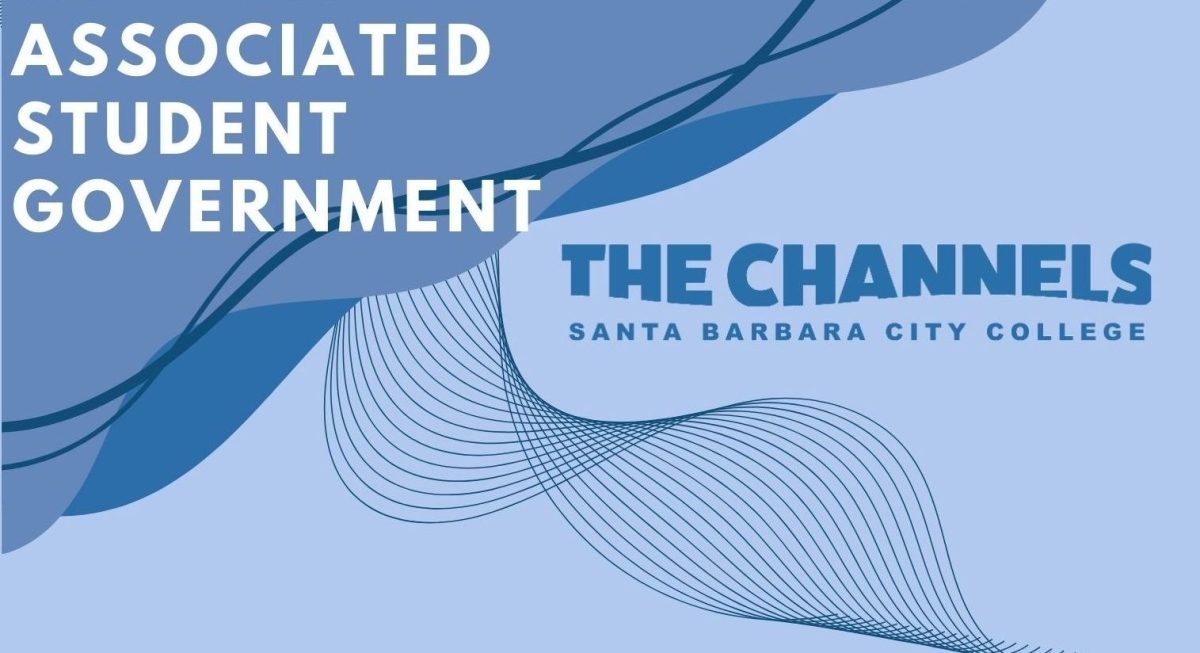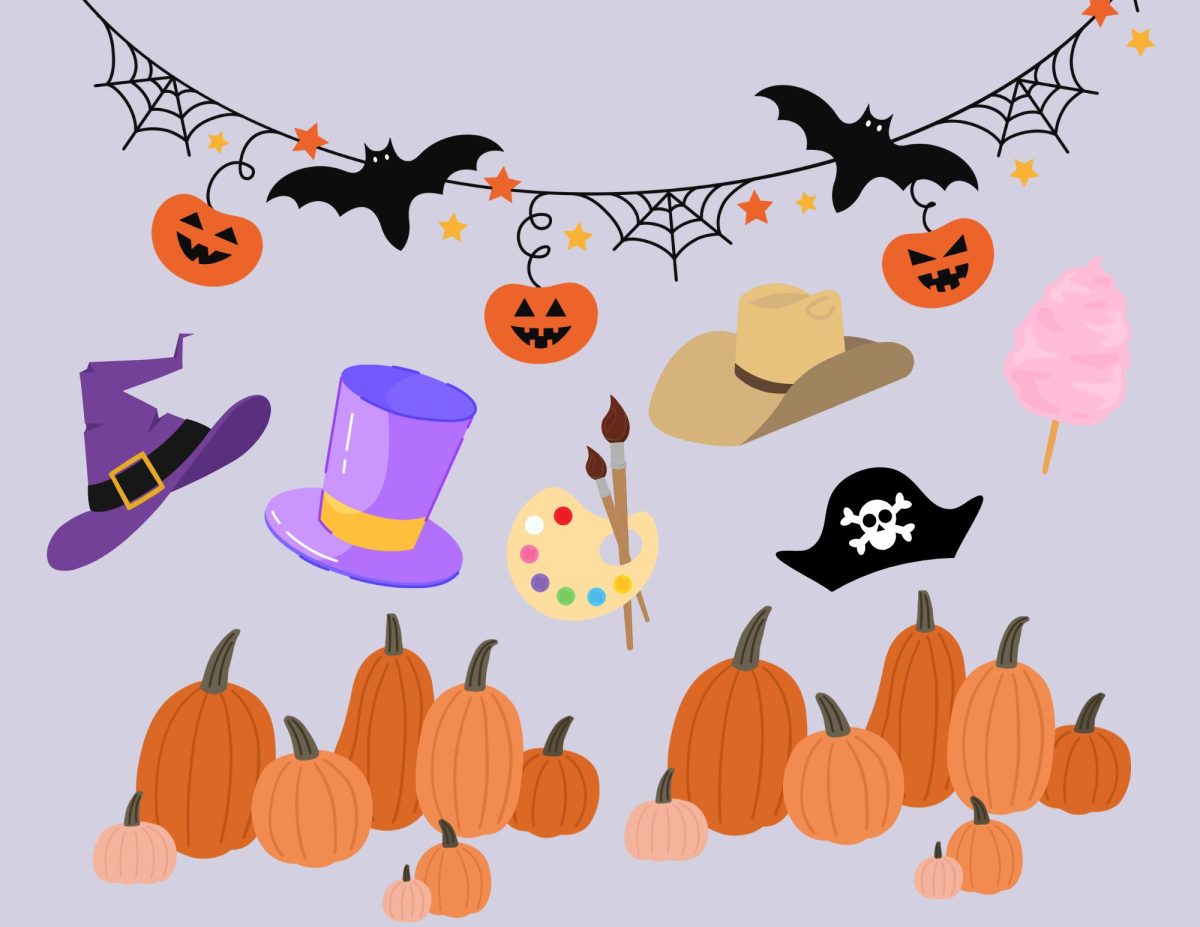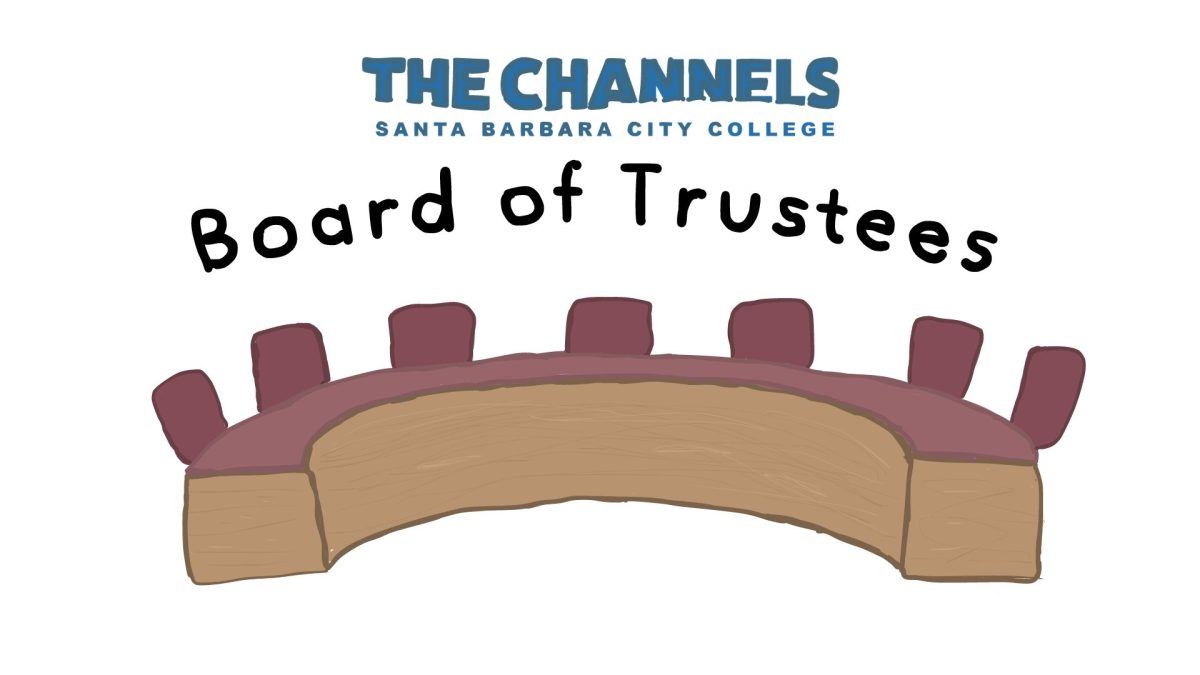The Eli Luria Library rolled down the red carpet to host the annual Day of the Dead exhibit. Flowers, sugar treats, photos, paintings and candles were among many artifacts at the exhibit.
This year, the Day of the Dead committee, along with the EOPS club, The Single Parent ASK club, and other contributors, began this tradition on the right foot. They created an artistically vibrant and emotionally moving expression of life, loss and memories.
“We focus on death, but death as part of our existence,” said Dina Castillo, instructor of modern languages and committee member. “The sugar skulls are lovely and colorful, representing happiness as we see this celebration.”
Mexican families remember the dead and the continuity of life. The first two days of November, Mexicans prepare themselves to have a special encounter with their dead relatives by decorating altars in their memories, or simply by visiting their tombs. In the evening, people usually go to the cemetery to bid farewell to their dead. Thousands of candles are lit to guide them on their long journey back.
“Viewing these altars makes me want to be back home in Mexico, to be there for this celebration,” said Daniel Pineda, an ESL student. “The altars are very much similar to the ones in Mexico.”
Flowers, flowers and more flowers were the main offerings to express this colorful tradition. All six altars combined traditional elements: photographs, marigolds, sugar skulls, food and drinks or mementos used by departed love ones. Other altars took on political issues or paid tribute to famous figures.
As you opened the door of the library, you noticed a big difference in the foyer; the decorations were not unnoticed by any single passerby. The universal obituaries, which were paintings by Fil Lomely, described the main events of each year. These paintings filled the entire upper walls of the foyer with eight deceased people from past years. Included in these painting were well-known people and important events such as: Mother Theresa, Pope John II, Cuban singer Celia Cruz, the Sept. 11 attack and the Goleta postal killings in 2006. Every glass display in the foyer was filled with artifacts to honor this tradition.
The entrance to the main library served as a path to this exhibit. It was decorated with two big flower vases filled with colorful paper-made flowers and candles on the floor giving the impression of the end of the exhibit, but as you approached the inside of the Library you noticed it was just a welcoming to the exhibition. The eye’s pupil opens wide, awakening every sense with the sight of the six altars full of decorations.
“We were so used to the Atkinson Gallery which allowed us to use the back, but the Foyer of the library gives us the opportunity to have the big skeletons, the paper mache, and the collection of the universal obituaries paintings,” said Castillo. “It will definitely help us with the flow; a lot of people get to see it.”
The main altar, which stands by itself, denotes this years Lomely painting as it illustrates deceased people through the year. The painting honors artistic figures such as musical T.V. host Raul Velasco, Mexican soap-opera producer Ernesto Alonso, and singers Miguel Aceves Mejia, Antonio Aguilar, James Brown and international tenor, Luciano Pavaroti. There was also a picture of Rita Solin, a Santa Barbara activist who died this year. Lomely also painted the American Flag with the red stripes dropping blood, illustrating the death of people in war. The names of faculty members and students who died from 2001 – 2007 were displayed in honor to their memory.
“I think they’re beautiful and extensive; however I find them a bit too artistic and less homely,” said Karla Paredes Barba, a global studies student viewing the altars.
Every altar was dedicated to a particular subject or people who have recently died. The EOPS club contributed with the decoration of an altar in memory of various family members who passed away. A special honor to the memory of the entertainer, Gerald Levert centers this altar. The Single parent club, ASK, displayed pictures of some of the kids who in some way were related to members of the club. Chicano Latino Studies instructors also put up altars with themes such as La Familia and a tribute to women.
“We are going to have food, a musician playing for us, poetry reading from English and Spanish classes, giveaway prizes, pan de muerto, and especial Native American blessing,” said Castillo.
Despite the new location, this Day of the Dead did not go unnoticed, and was as festive as ever.







